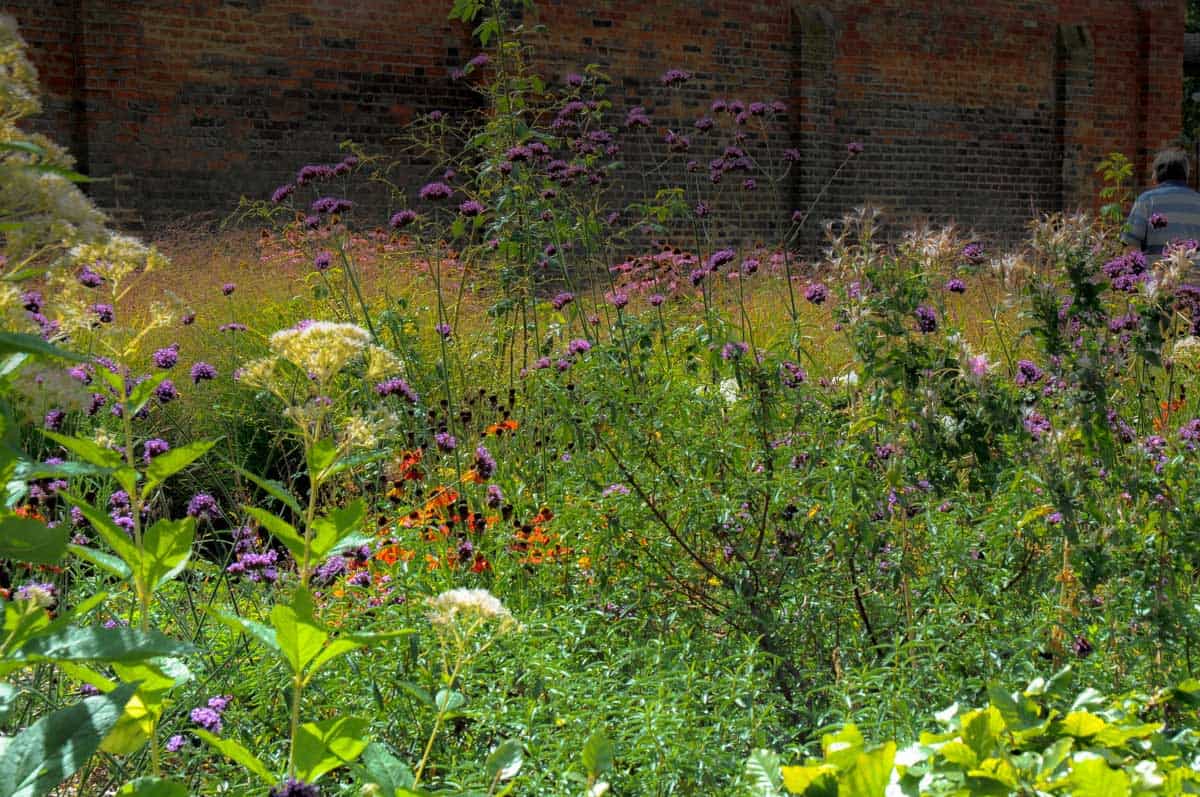We focus at Plant Wild on native plants, plants that have been enmeshed with the local landscape and other species for thousands if not millions of years, and on adding their beauty and surprising complexity to our yards and landscapes.
We’re also a community of like-minded and curious people who want to enjoy the benefits of native plants, from their contributions to biodiversity to their money- and time-saving benefits.

The first step to being Plant Wild is subscribing to our newsletter. By becoming a subscriber, you:
- Can ask us any type of question on native plant gardening, including recommendations for plants native to your area and where to buy them
- Get our newsletter with regular and timely updates on recent native plant news
- Get first access to new articles and columns by Plant Wild writers
Next, go to our Articles page to see all the latest articles about how to choose and grow native plants, the latest research, and a variety of guides to how you can make adding native plants to your garden more fun and rewarding. Don’t forget to also like Plant Wild on Facebook and follow us on Instagram!
Finally take a look at many of the excellent online resources available to gardeners who want to include native plant species in their landscapes. Here are some of the resources that are highly credible and very helpful to first-time gardeners and even native plant veterans:
- Xerces Society for Invertebrate Conservation: More than a non-profit dedicated to invertebrates and their protection, Xerces (pronounced Zer-sees, or /ˈzɚˌsiz/) publishes a number of guides and resources for gardeners on topics like protecting pollinators, reducing pesticides, and invertebrate profiles.
- Wild Ones: Promotes native landscapes through education, advocacy, and collaborative action. They work primarily through their local chapters and offer tons of helpful information and chances to meet up with other native plant enthusiasts.
- Bplant.org: Alongside BONAP and the USDA Plants Database, Bplant provides an excellent guide to which species are native to a location and which are not. They also published a variety of details about specific species.
- Lady Bird Johnson Wildflower Center: An excellent collection of information about native plants with an emphasis on flowering plants, it also provides a good national suppliers directory.
- iNaturalist: A “citizen scientist” platform with over 168 million observations covering both plants and animals; it has a large amount of detail about native plant species, including maps that show recent sightings, which are helpful when determining the location status of plants.
